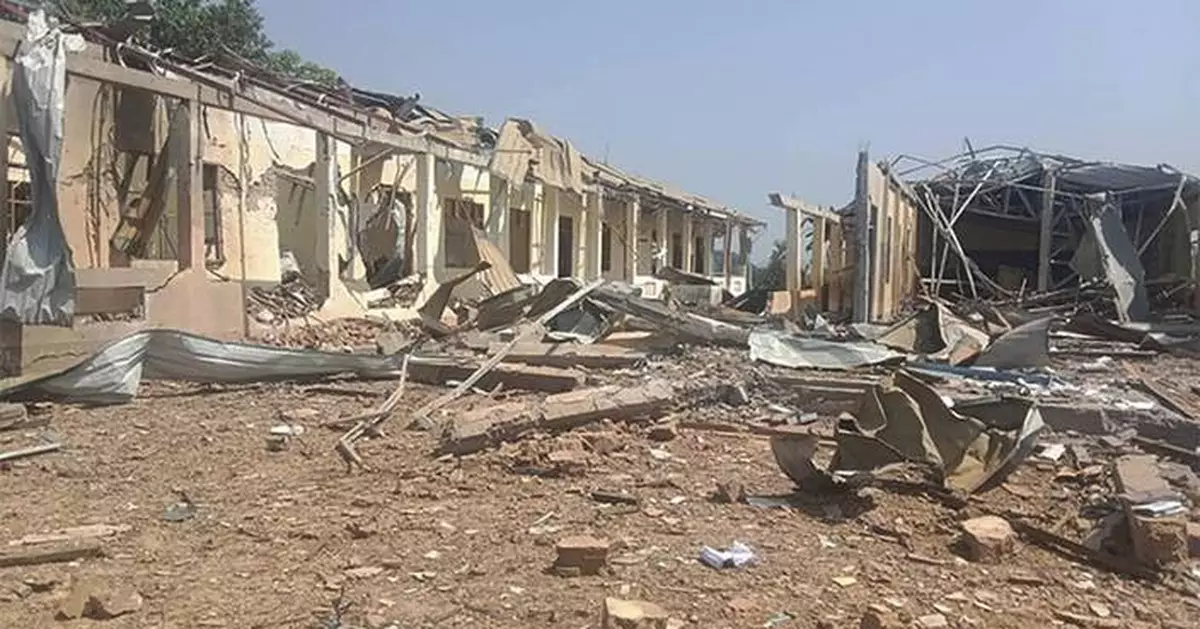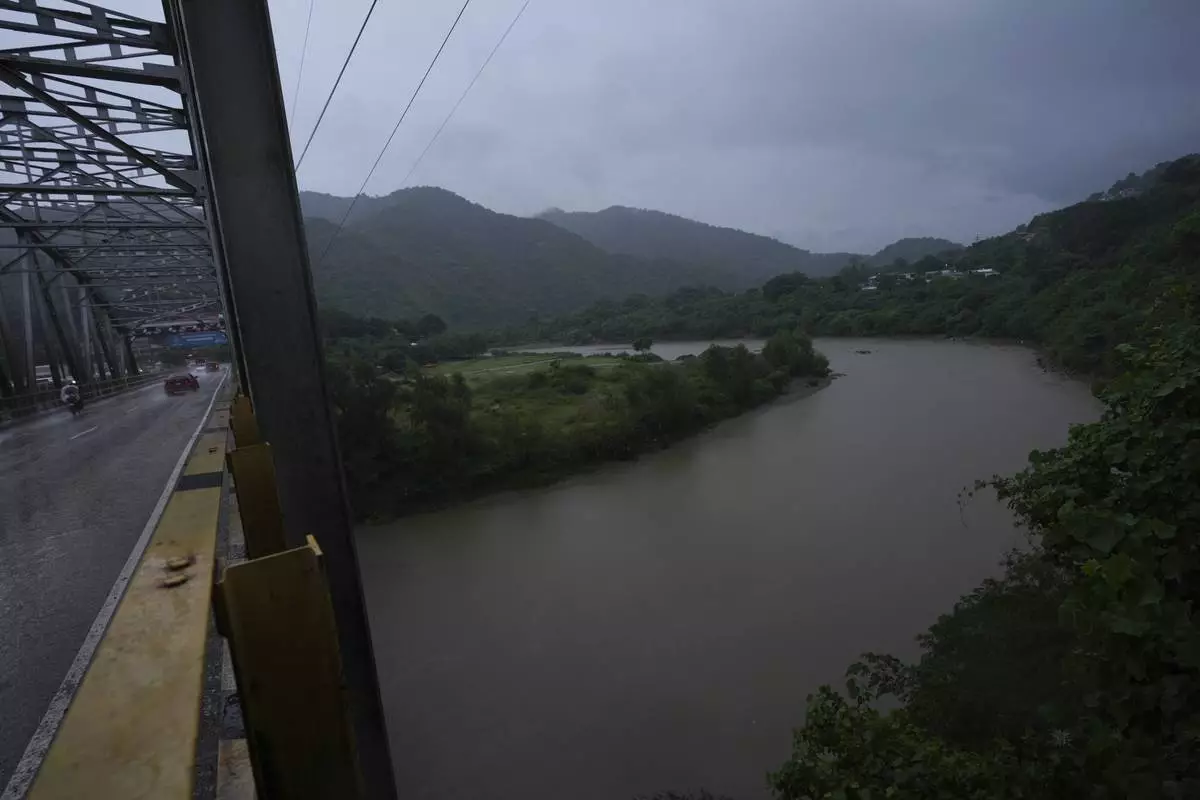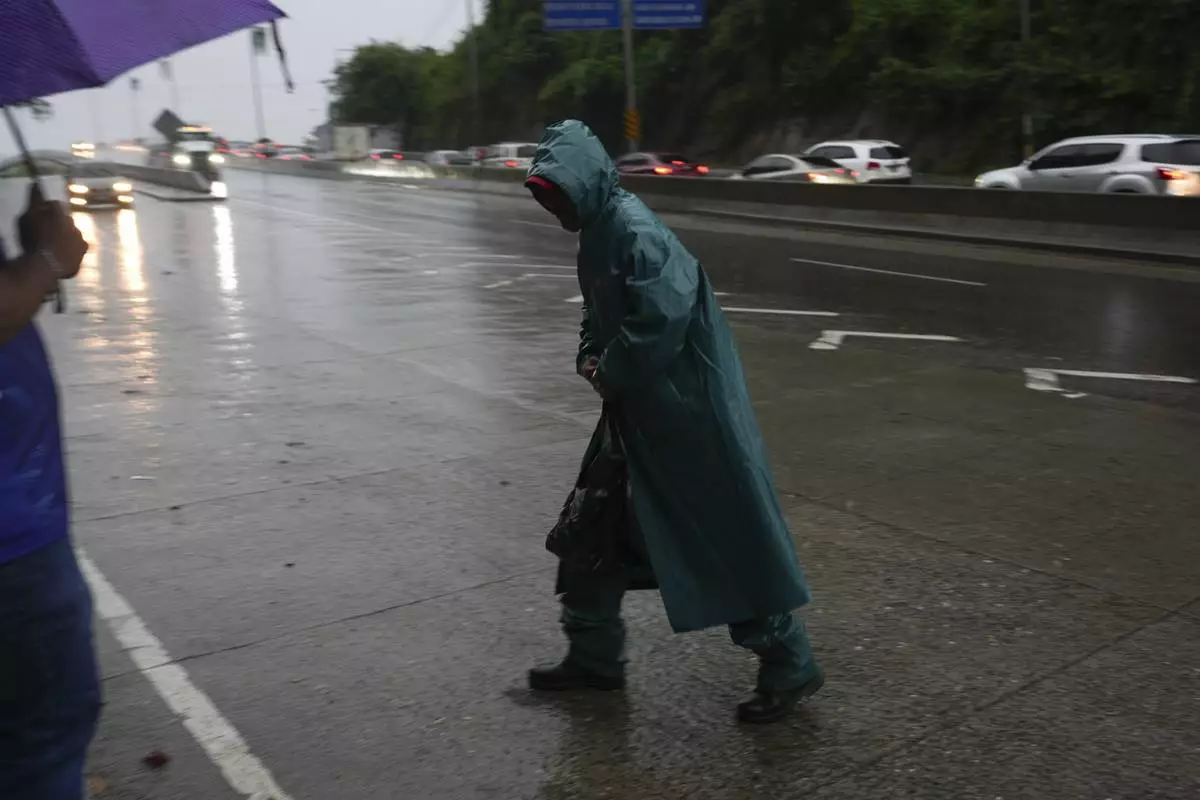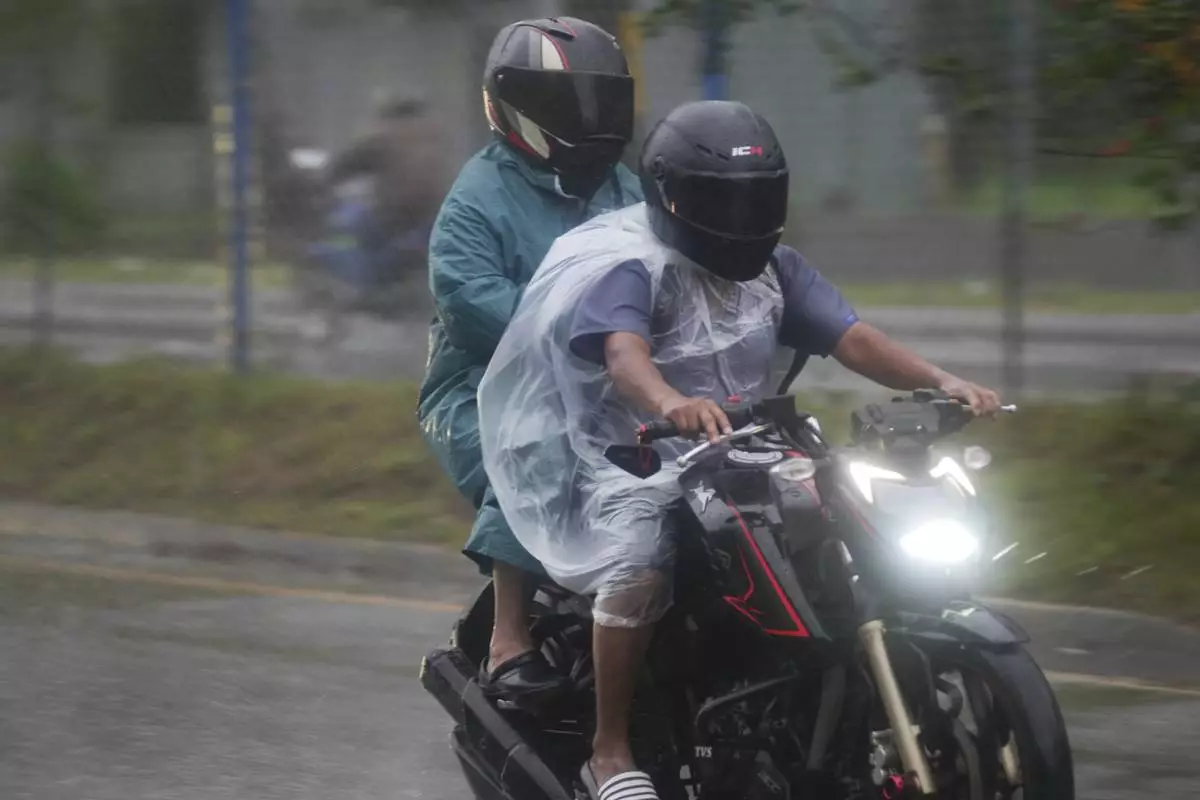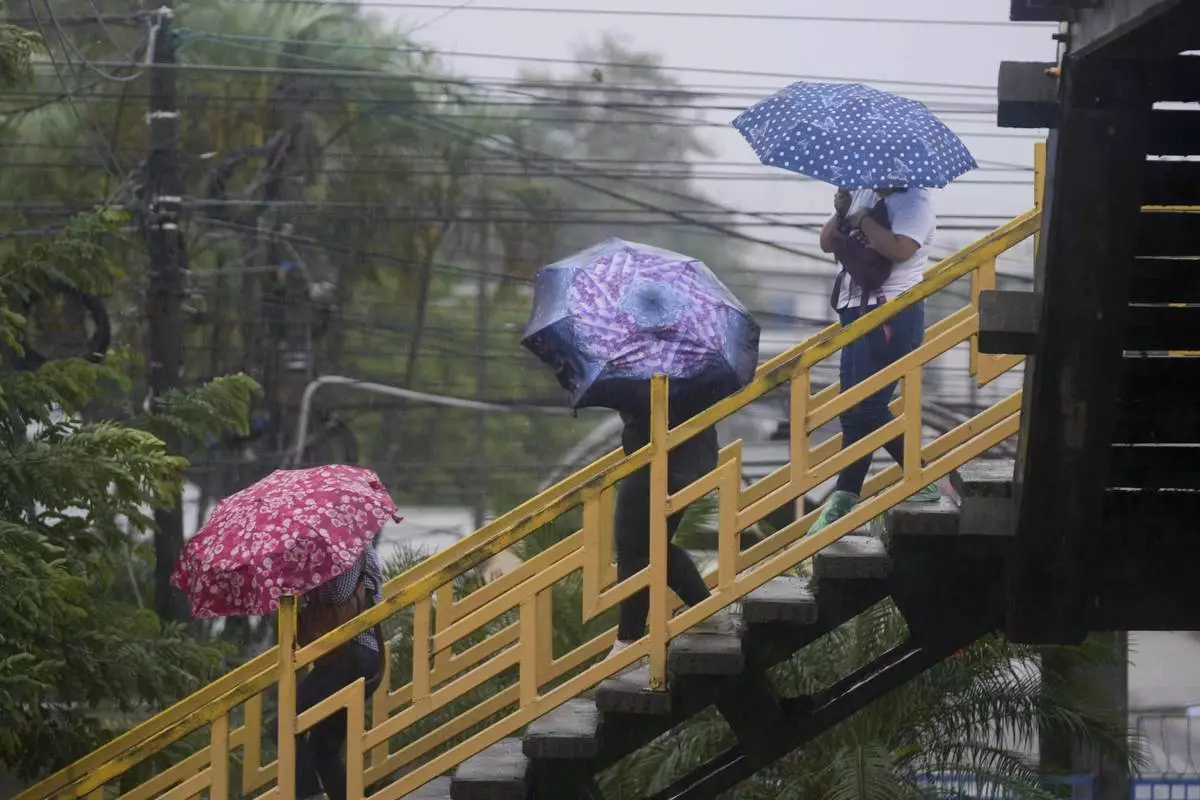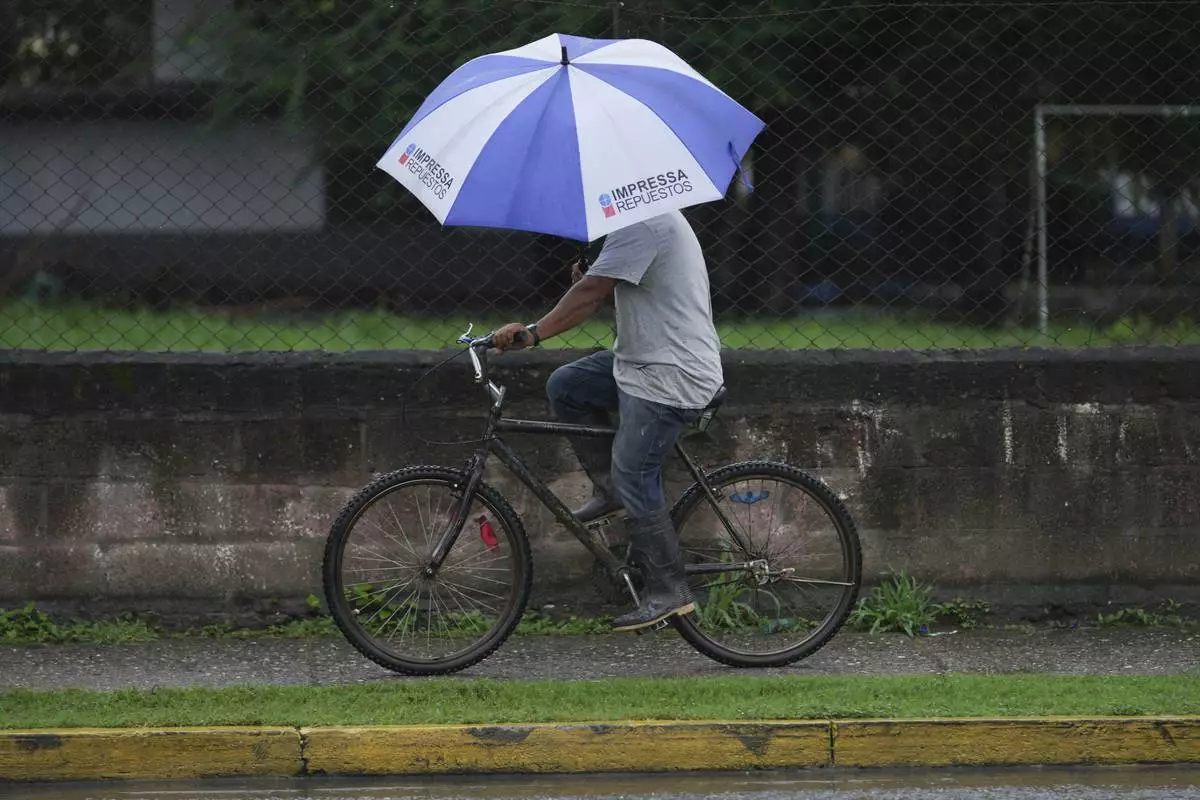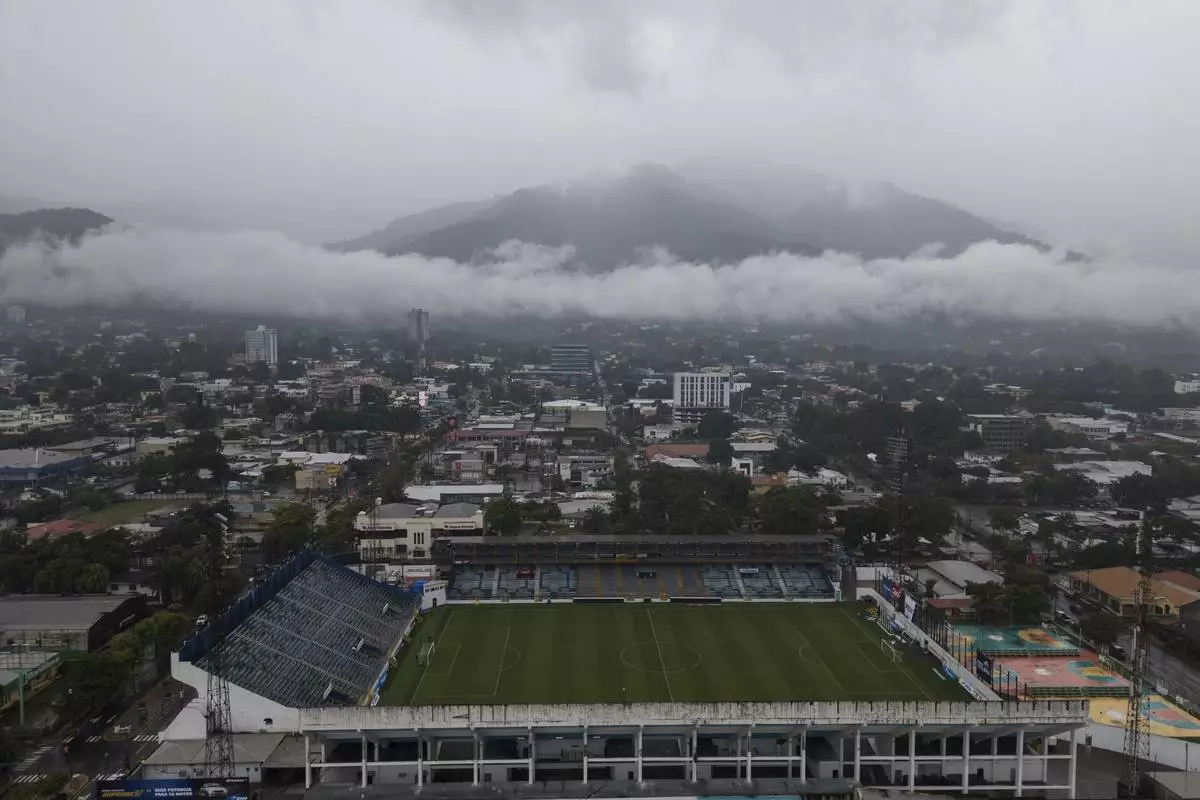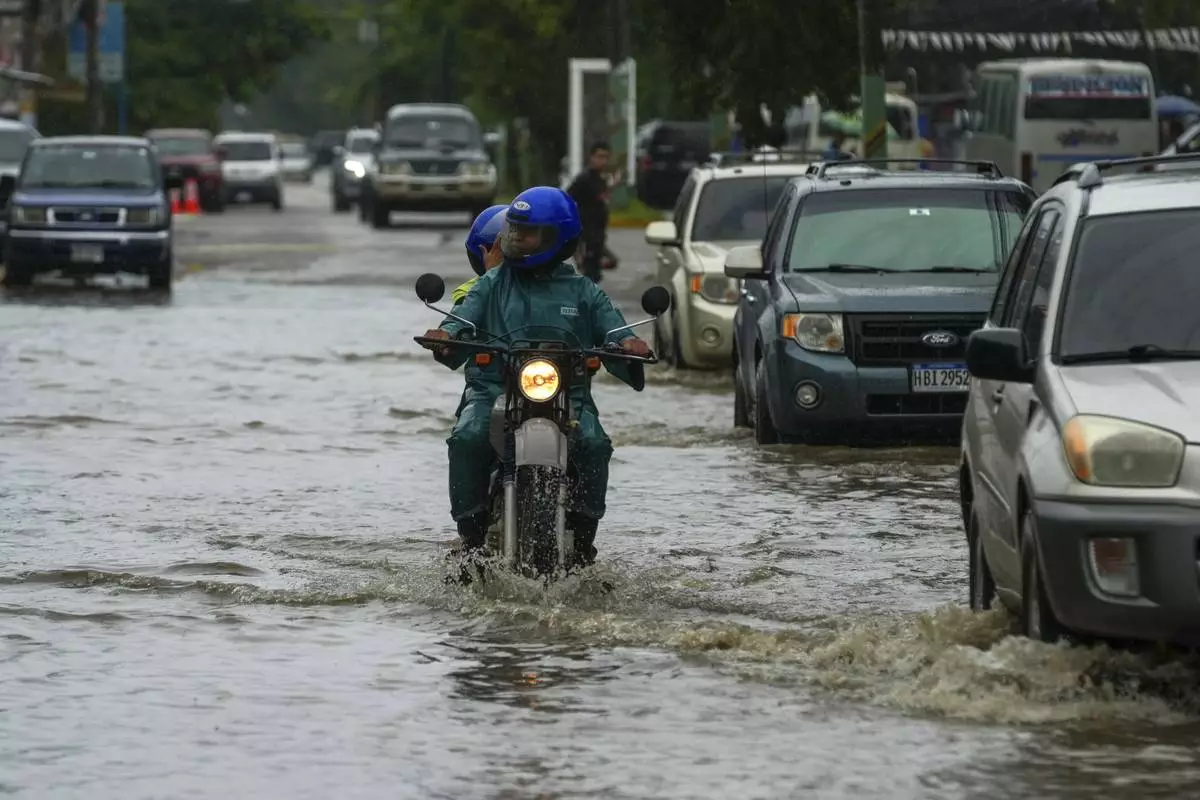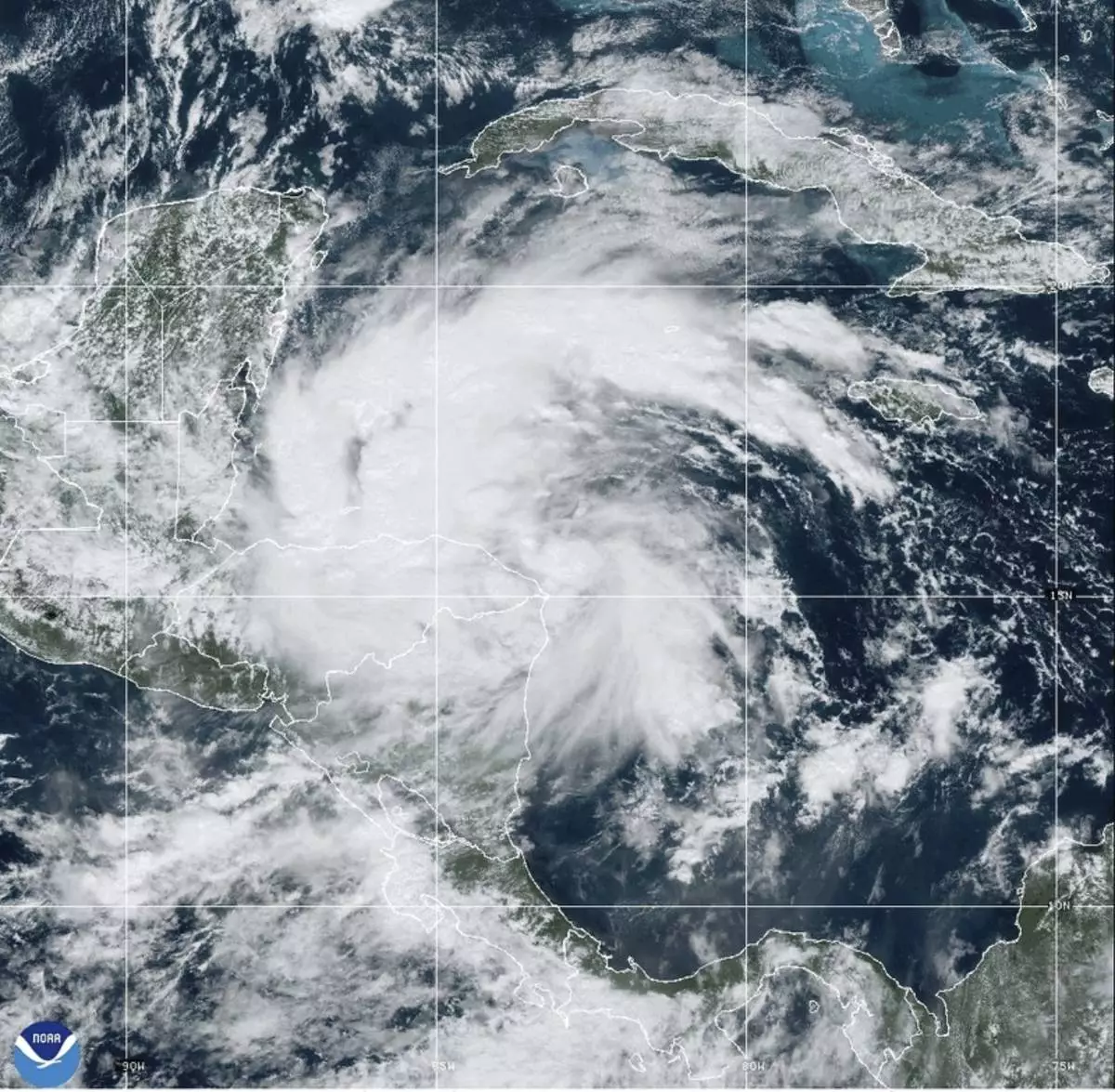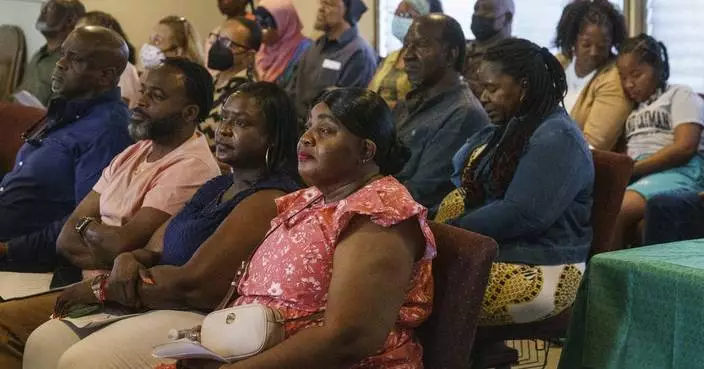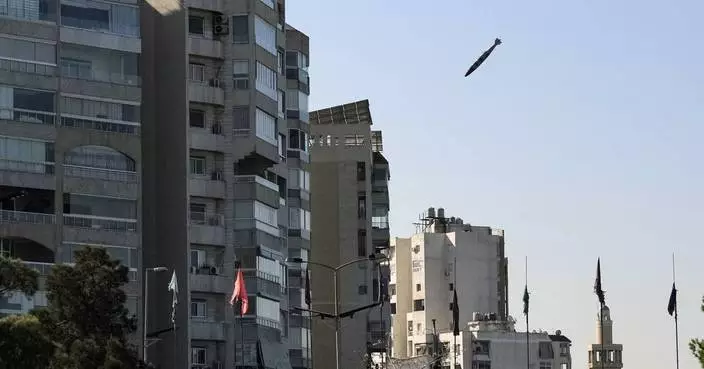BANGKOK (AP) — Myanmar's military has consistently targeted civilians and their communities as a form of collective punishment in the country’s southeast since the army seized power in early 2021, a rights group said in a report released Friday.
Documented airstrikes on villages examined by researchers from the Karen Human Rights Group based in Myanmar's southeast, are emblematic of a broader assault on civilians across the war-torn nation, said James Rodehaver, the Bangkok-based chief of the Myanmar team of the U.N.'s Office of the High Commissioner for Human Rights. He spoke Friday in an online panel discussion accompanying the release of the new report.
Military officials were not immediately available for comment on the report, but in the past has said it attacks only legitimate targets of war, accusing the resistance forces of being terrorists.
Myanmar is racked by violence that began when the army ousted the elected government of Aung San Suu Kyi in February 2021 and brutally suppressed nonviolent protests. That triggered armed resistance and combat in many parts of the country, with the military increasingly using airstrikes to counter the opposition and secure territory.
The army is on the defensive against ethnic militias in much of the country as well as hundreds of armed guerrilla groups collectively called the People’s Defense Forces, formed to fight to restore democracy.
Rights organizations and United Nations investigators have found evidence that security forces indiscriminately and disproportionately target civilians with bombs, mass executions of people detained during operations and large-scale burning of civilian houses.
According to the Assistance Association for Political Prisoners, which tallies political arrests and attacks, at least 540 people, including 109 children, have been killed by the army’s airstrikes across the country between January and October this year.
The Karen Human Rights Group identified 227 airstrikes on villages, schools and medical facilities in seven districts in the country’s southeast where guerrilla fighters from the main ethnic Karen fighting force have battled the military. A self-proclaimed Karen state there also includes towns in the nearby region of Bago, the southern Mon state and Tanintharyi region.
The KHRG said it based its findings on interviews with 22 villagers, including six village leaders, who had experienced or witnessed air attacks. The group also interviewed local civil society organizations and non-governmental organizations involved in the local humanitarian response. It said the account also came from material and reports documented over the past three years.
The KHRG said at least 417 civilian casualties with 168 deaths and 249 injuries were documented from a total of 227 airstrikes in civilian areas and only 22 non-civilians were reported as being killed or injured in airstrikes.
Besides the houses of the civilians, at least 67 religious buildings, 42 schools and 14 medical facilities were damaged or destroyed, the report said.
Myanmar’s ruling military council, the State Administration Council, conducts airstrikes in multiple and irregular ways, the report found.
"Some (are) being carried out using a limited number of bombs directly onto villagers and their community buildings, while others are conducted by bombardment, using multiple munitions over an extensive area, including over multiple villages and plantations,” the report reads.
Direct attacks on civilians or civilian objects are prohibited, amount to war crimes and may amount to crimes against humanity under international law.
The report said the military had failed to distinguish between armed resistance fighters and villagers, and in some cases the airstrikes appear to have been conducted as a form of collective punishment over the military activities of local resistance groups.
The KHRG also said the military failed to give warnings or take other precautionary measures to minimize civilian casualties in almost all the documented incidents.
Rodehaver, the U.N Office for the Coordination of Humanitarian Affairs official, said the military repeatedly retaliated against civilians anytime its forces were badly beaten on the battlefield.
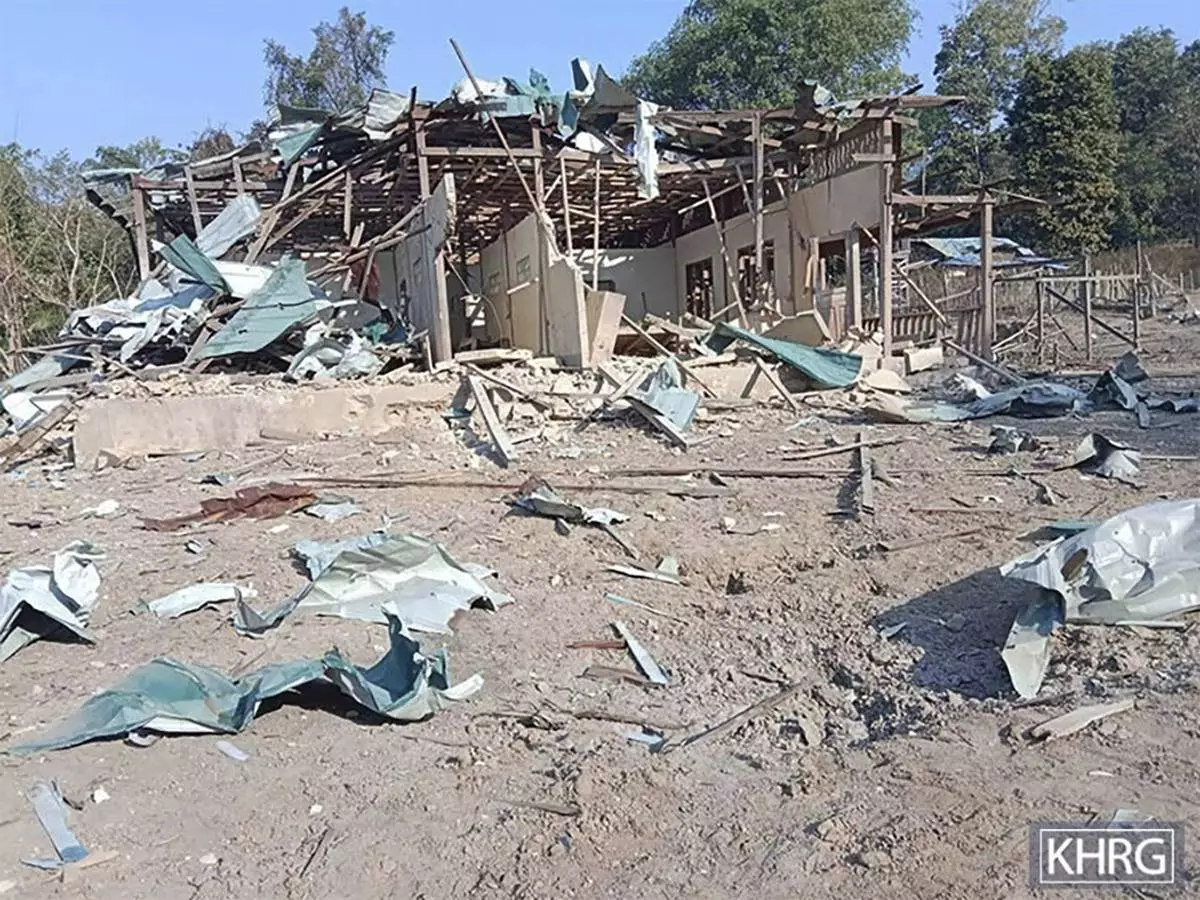
This handout photo provided by the Karen Human Rights Group shows debris of a clinic building destroyed by an army airstrike in Hpapun district in Karen state, Myanmar on Jan.7, 2023. (Karen Human Rights Group via AP)
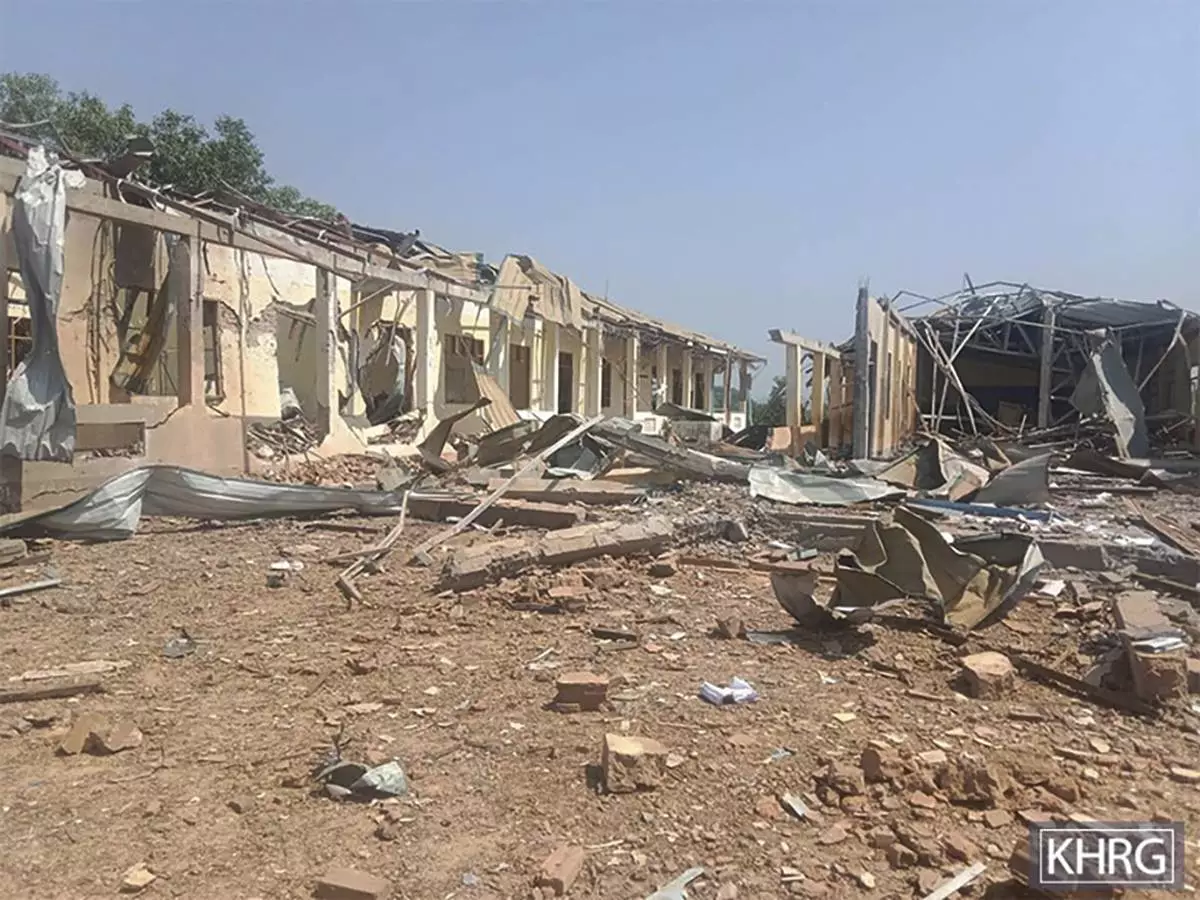
This handout photo provided by the Karen Human Rights Group shows debris of a school building destroyed by an army airstrike in Bilin township in Mon state, Myanmar on March 23, 2024. (Karen Human Rights Group via AP)


